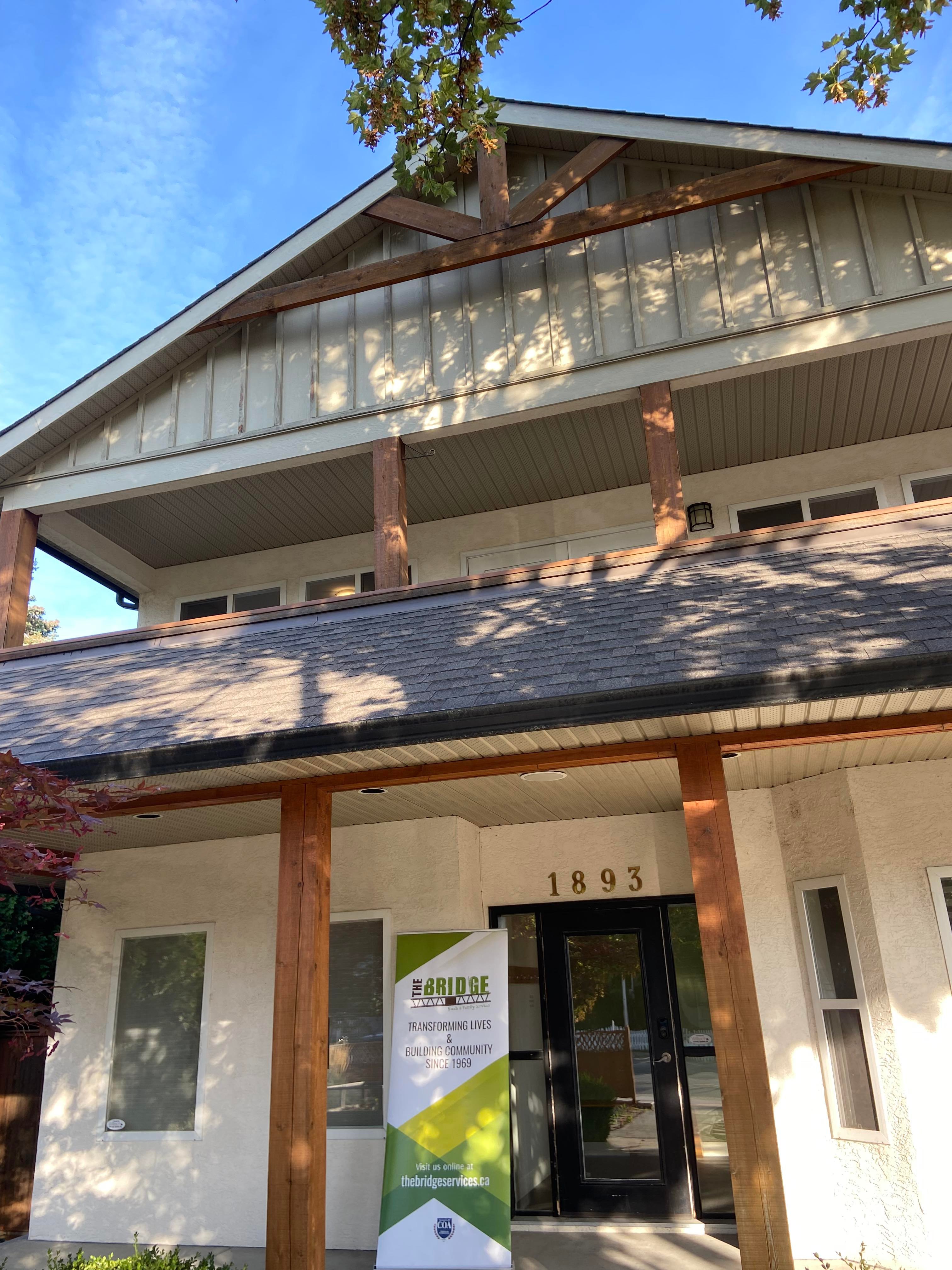Bridgeway Treatment Program: Healing Through Connection and Choice
May 07, 2025

Bridgeway Treatment Program: Healing Through Connection and Choice
At The Bridge, we believe that people heal in community—and nowhere is that more evident than in our Bridgeway Treatment Programs. At our Gray Road location for male-identifying participants and our Ethel House location for female-identifying participants, individuals take ownership of their recovery journeys.
Bridgeway offers six weeks of live-in treatment. Ethel house has 7 treatment beds and 2 transition beds while Gray Road has 20 treatment beds. Each person works with staff and other professionals to build a care plan that helps them stay strong in the short term and support long-term recovery.
Building a Strong Foundation
Bridgeway is more than just a treatment program. It’s a place where people learn how to build a healthier life. While in the program, participants live in a supportive, substance-free home and take part in:
✔ Group and individual counselling
✔ Workshops on recovery tools and coping strategies
✔ Sober fun like yoga, nature walks, art, and journaling
They also build important life skills, such as managing emotions, healthy communication, and daily routines. These tools help them stay on track and feel more confident in themselves.
Each week, participants can take part in yoga and a sharing circle with the Indigenous Wellness Liaison, which many say is the highlight of the program.
Connections That Strengthen Recovery
At Gray Road, everyone starts the program at the same time, which creates strong connections and a sense of “brotherhood.” At Ethel House, new participants join on an ongoing basis, which allows for those who have been in the program longer to provide support to new participants joining the program.
Participants are introduced to a variety of recovery supports, each offering unique tools to help along their healing journey. This includes:
- 12-step groups, which provide peer support and a structured path for managing addiction
- Recovery Dharma, a trauma-informed, Buddhist-inspired approach that uses mindfulness and meditation as part of the recovery process
- Guest speakers from WorkBC, who offer guidance on employment readiness, job training, and building a path toward independence
- The Central Okanagan Hospice Association, which supports those dealing with grief and loss, helping participants process emotional pain that may be tied to their substance use
Staff also help participants plan for what comes next—like second-stage treatment, sober housing, or care in their home community.
Meeting People Where They’re At
Recovery looks different for everyone. That’s why Bridgeway offers many options and doesn’t follow just one approach. It’s one of the programs that is not based on 12 step philosophies.
This allows us to meet people where they’re at and give them the support that makes the most sense for them.
Looking to the Future
Bridgeway is always growing to better serve our community. Our goals include:
💙 Strengthening support after the program ends
💙 Partnering with groups like Westbank First Nation and Ki-Low-Na Friendship Society
💙 Expanding the role of our Indigenous Wellness Liaison to share cultural practices that support recovery and connect participants with meaningful resources
Why This Program Matters
Bridgeway is one of the few live-in treatment programs still available in our region. What sets it apart is the freedom it gives participants to shape their recovery in ways that truly reflect their needs, values, and goals.
Through practical tools, caring guidance, and a strong sense of community, people don’t just recover—they rediscover their strength, rebuild their lives, and reconnect with hope.

